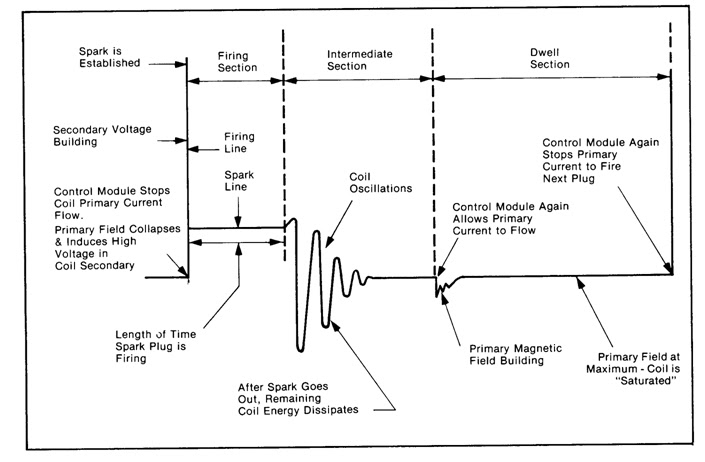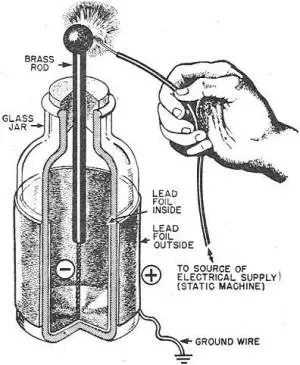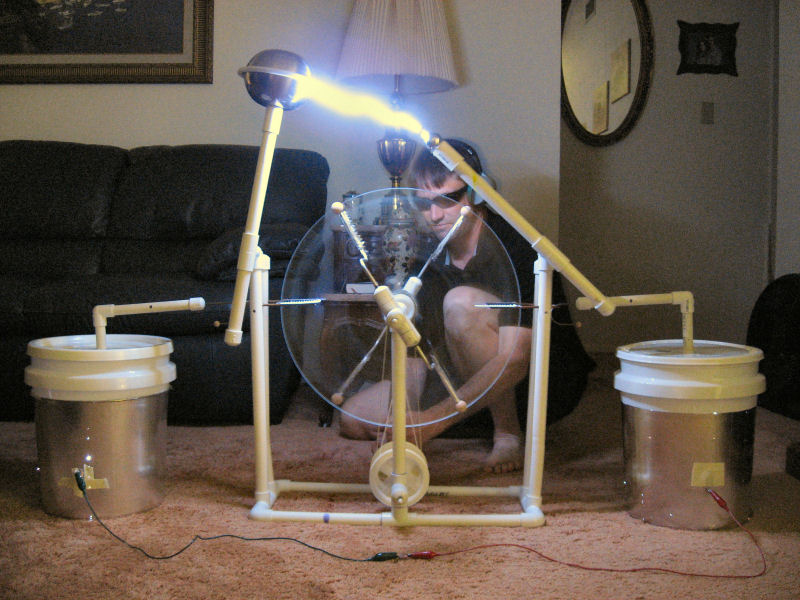About "condensers," which is what they were called up until? the late 40's? then became "capacitors" or "caps."
Your cars have several.
1......One on or inside the alternator, for RF noise supression
2.....One on the back of the instrument cluster again for RF mostly because of the original instrument limiter which cycled on / off like a flasher
3.......There is almost always one or more on the POWER lead immediately entering the radio case, for RF. These are usually inside the radio, so you cannot normally notice them.
4.......There is one on the coil, from the POSITIVE coil terminal to ground. This is also for RF
5........On the breaker points systems, there is one either inside or mounted on the outside of the distributor. This serves a different purpose. This one is connected to the points, the NEGATIVE side of the coil
Many guys say it "protects the points from burning." That is only PART of the reason. The REAL reason it's there is to help the coil produce the spark. If you have ever looked at an ignition scope firing pattern, the coil and condenser is what produces the "squiggly line" known as "ringing." This is a form of oscillation.
This drawing depicts a spark event. The oscillations between the two dotted lines are the coil and condenser trading energy. When the points FIRST open, at that split instant, the condenser "acts" as a dead short, because it is discharged. Current is flowing through the coil via the points. When the points open, the DC current stops, and the coil no longer has flow through the points to ground
The magnetic field around the coil's core collapses, which in essence 'generates' the spark in the secondary. As this collapses, it charges up the condenser, causing 1/2 of one of the waves you see there. Just like your bike coasting down, and then up, a hill, it's a trade-off
As the coil magnetic field peters out, the condenser reaches a "peak" of it's charge. This is the top of one of those waves. Then, the CONDENSER discharges via CURRENT back through the coil. Once again, a magnetic field increases in the coil, and this time the coil is "charged" ---with magnetism. Once again, things reach a peak, with the coil magnetized, and the condenser discharged. This would be the OTHER peak of one of these waves, IE if the first event was a positive peak, this would be a negative peak.
This process would repeat forever except for one thing.......everything has losses. Friction, heat, resistance in the wires, otherwise we would have perpetual motion.
The "tail end" of the ringing is the final gasps of the coil / cap exchanging energy.
All this time, the points are OPEN.
http://4.bp.blogspot.com/-OxA64QjYFiQ/ThZqh85Fk2I/AAAAAAAAAOo/kF0JQFA2_kY/s1600/fuel.bmp



















